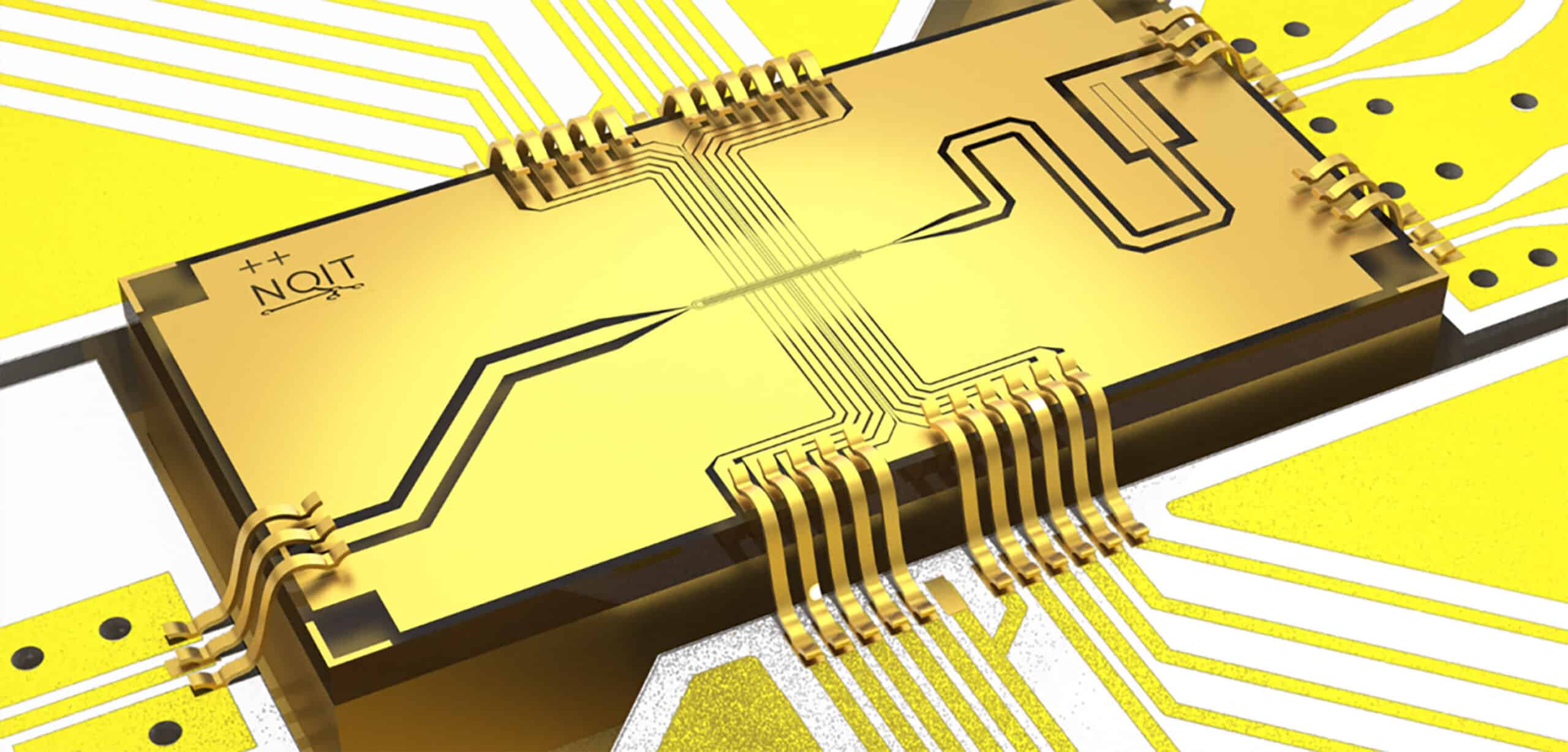Predicting 2030: Oxford Shatters Quantum Fidelity Records

The Oxford team set a new world record for the accuracy of a quantum logic gate: they demonstrated single-qubit operations with an error rate below 1×$$10^{-7}$$ (0.00001%), corresponding to 99.99999% fidelity per gate. To put that in perspective, only about 1 in 10 million operations would go wrong at this error level. This experiment was done on a single trapped-ion qubit (a calcium-43 ion). Uniquely, the researchers used microwave pulses delivered through a chip-integrated circuit to manipulate the ion’s state, rather than the usual laser-based control – a choice that drastically reduced noise and improved stability. Thanks to an exceptionally stable setup (the ion had a coherence time of around 70 seconds and was isolated from environmental noise), they could run randomized sequences of tens of thousands of quantum gates and measure an error rate in the $$10^{-7}$$ range – an unprecedented achievement in any quantum computing platform. In fact, this is an order of magnitude better than the previous record (the same Oxford group had hit 10^(-6) error rates years ago), and far better than the ~$$10^{-4}$$ to $$10^{-3}$$ error rates typical in today’s superconducting and ion-trap quantum computers.
For more information see: “Oxford Achieves 10⁻⁷-Level Qubit Gate Error, Shattering Quantum Fidelity Records.”
This level of fidelity has profound implications for quantum computing’s future because higher-quality qubits reduce the quantity of qubits needed. Most quantum applications (like cracking encryption) will require error correction to overcome physical qubit error rates. Traditionally, with error rates around 0.1% (1e-3), you’d need thousands of physical qubits to create one “perfect” logical qubit. The Oxford result shows that if physical qubits can be made this clean (and if we can bring two-qubit gate errors down to similar levels), the overhead for error correction drops dramatically. The PostQuantum analysis notes that a cryptographically relevant quantum computer – one that could factor RSA-2048 – might have needed on the order of 20 million physical qubits assuming ~$$10^{-3}$$ error rates. But if each qubit were as reliable as the Oxford ion ($$10^{-7}$$ errors), you might only need on the order of hundreds of thousands of physical qubits, or even less, to do the same job (because each logical qubit could be realized with far fewer physical qubits). In short, improving quality can substitute for sheer quantity. Of course, it’s easier said than done – the Oxford experiment was on a single qubit, and maintaining that performance across many qubits and especially two-qubit gates is the next challenge. Nonetheless, this achievement is a strong proof-of-concept that qubit fidelity can reach levels once thought unattainable, and it bolsters a hardware strategy of investing in better qubits rather than just more qubits. For quantum cybersecurity timelines, it means that breakthroughs in fidelity can accelerate the arrival of powerful quantum computers by lowering the hardware requirements.
Q-Day Impact: By showing that physical qubits can be made extraordinarily error-free, the Oxford experiment suggests that a future quantum computer will need far fewer qubits to break encryption – effectively pulling in the Q-Day timeline as qubit quality improves, since high-fidelity qubits make a quantum code-breaker much more attainable.
Quantum Upside & Quantum Risk - Handled
My company - Applied Quantum - helps governments, enterprises, and investors prepare for both the upside and the risk of quantum technologies. We deliver concise board and investor briefings; demystify quantum computing, sensing, and communications; craft national and corporate strategies to capture advantage; and turn plans into delivery. We help you mitigate the cquantum risk by executing crypto‑inventory, crypto‑agility implementation, PQC migration, and broader defenses against the quantum threat. We run vendor due diligence, proof‑of‑value pilots, standards and policy alignment, workforce training, and procurement support, then oversee implementation across your organization. Contact me if you want help.